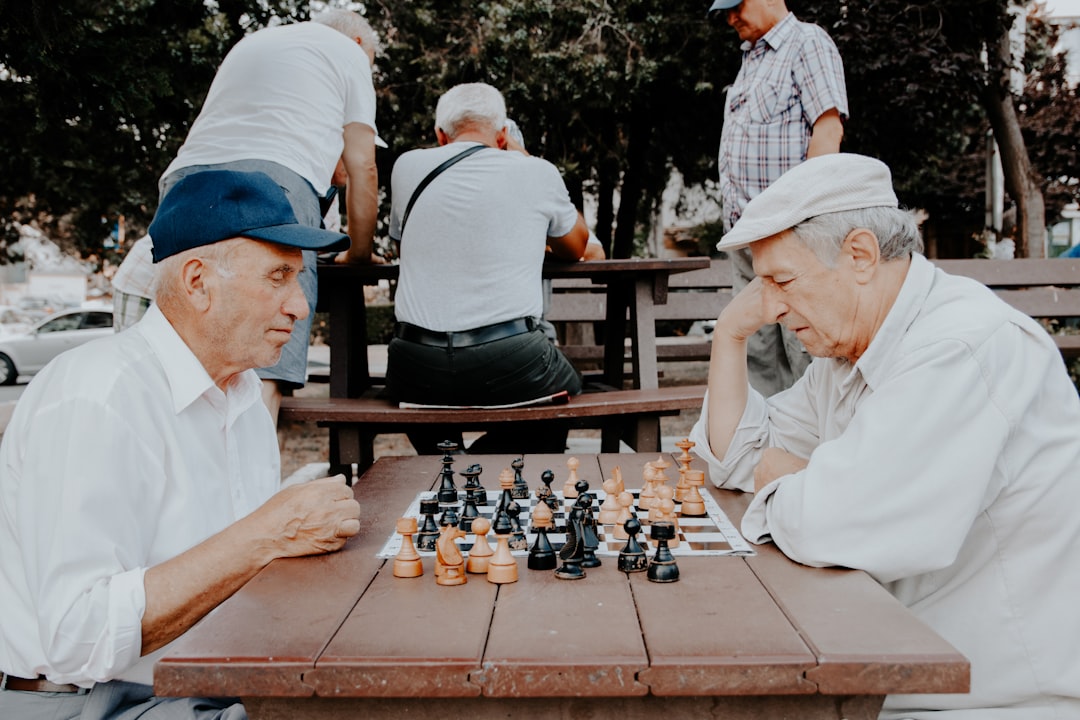Infrastructure for the Old
America is aging. We should build cities that are also for the elderly.

One of the first things I noticed when I moved to Hong Kong last month is that people walk surprisingly slowly, and that on the sidewalk, unlike on escalators or in the metro system, there are no clear rules: People walk on the left and on the right, they take up a lot of space, they weave, they walk three abreast, they don’t seem to notice if someone is trying to pass. Some people speed; many stroll. These kinds of walking patterns wouldn’t surprise me if I saw them in, say, Seattle, Houston, or Atlanta, where I nearly lose my mind at the average walking speed just transiting through the airport. But Hong Kong is the most efficient and optimized city I’ve ever lived in, and so this lack of convention and the slow pace feels discordant with everything else around me. And as is always the case for any human being when we’re dropped somewhere new, we don’t tend to notice the many things that work the way we’re used to, and instead zero in on the ones that feel different. In so many ways, Hong Kong feels a lot like New York — except the pace at which people move, especially outside of the business district.
I’m fascinated by little cultural differences like walking speed: How they come to be, what they say about a place (Hong Kongers, by the way, believe they walk fast, and certainly do compared to residents of cities other than New York and London). And over the past month, I’ve been talking to friends and my husband about the incongruity of slow, disorganized on-foot movement, in a stunningly orderly city where public transport is the most efficient I’ve ever seen, people line up in neat rows hewing to the right on ever escalator, and the whole place is designed to ferry people as reliably and effortlessly as possible. Like any other cultural norm, there’s probably no singular explanation. But a few, to me, seem at least partly explanatory: A lot of people here are old, a lot of people don’t drive, it’s hot a lot of the time, and nearly everyone has their nose in their phone even as they walk around.
Older folks move slower; hence, a slower average walking pace. People who don’t drive may not hew as closely to norms of hewing to the left (in the UK) or the right (in the US). When it’s hot, it’s really really unpleasant and often physically impossible to move quickly, and this norm carries over to the winter months, too, even though right now it’s pretty temperate. When you’re watching videos or checking your texts, you’re going to walk more erratically and fail to notice those around you. But I’m the most interested in the first explanation — age — and particularly in what it says about this place, and what it reflects back on the place I’m from.
As I’ve moved through this city, and as I’ve watched other people move through this city, I’ve been particularly struck by how many old people are out and about: Doing errands, riding public transport, doing Tai Chi in the park. If you live in the United States, you may (or may not) have noticed that we tend to hide our old people away. We may have our own cute grandpas and doting grandmas, but elderly people who move slowly or rely on mobility devices or cannot drive are often pushed out of cities, isolated in suburbs and rural areas, and ousted from public life generally.
That’s a bad way to live. And as Americans age — Baby Boomers are rapidly increasing the ranks of the aging — we should change it. We hear a lot about how aging people will need more spending on healthcare and how there will be employment opportunities for nurses and health aides, and that’s all true. But to improve quality of life for the aging, the aging don’t just need care that keeps them alive. They need social settings that keep them connected, active, and vital. American cities should step up.
Keep reading with a 7-day free trial
Subscribe to Jill Filipovic to keep reading this post and get 7 days of free access to the full post archives.

